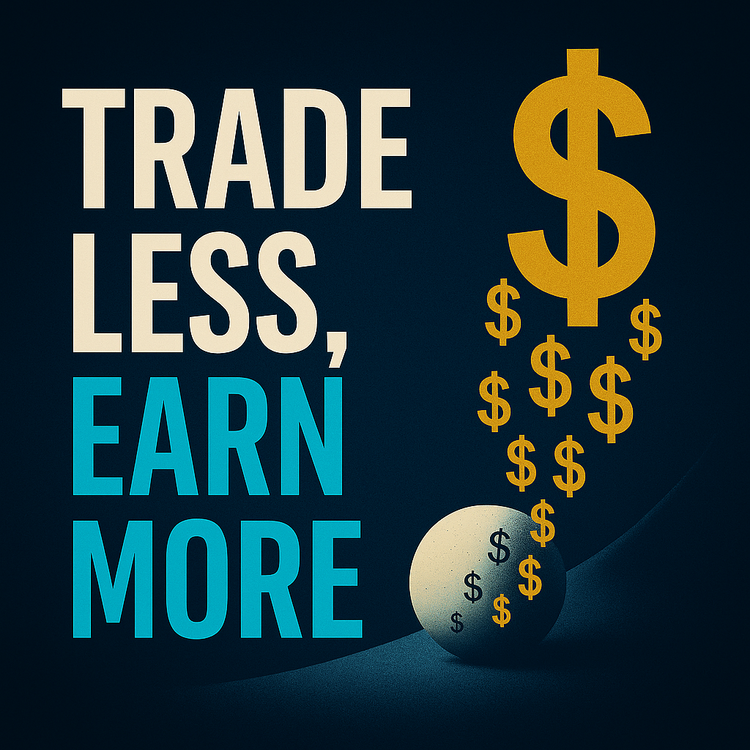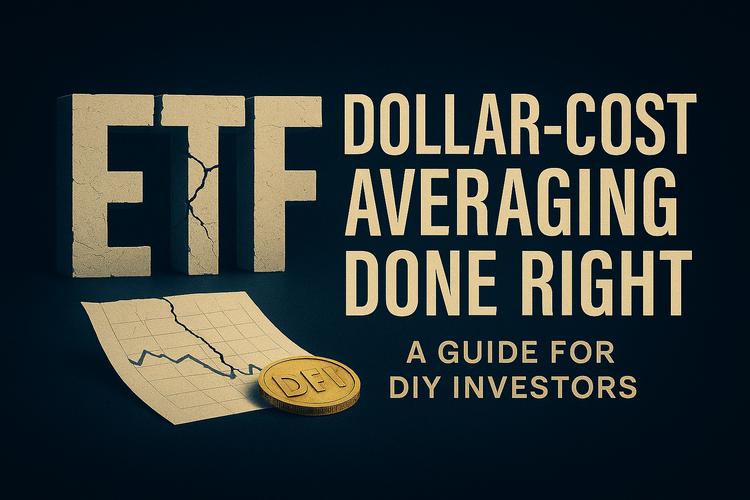Evaluating the Performance of Dividend Stocks in Different Economic Conditions

Think your dividend stocks will keep spitting out cash no matter what the economy does? Think again. Booms, busts, or inflation spikes can make or break your income stream. Let’s rip apart the hype and see how these stocks really perform when the world’s on fire—so you can invest without getting burned.
The Breakdown: How Dividends Handle Economic Shifts
Dividend stocks—shares in companies that pay you a cut of their profits, usually quarterly—sound like a cash machine. But economies don’t play nice. They cycle through expansions (good times, rising markets), recessions (layoffs, market dives), and inflationary periods (rising prices, rate hikes). Each phase can screw with your payouts and stock prices. Here’s the no-BS truth, backed by numbers (Source: SEC, 2024).
| Economic Phase | What Dividend Stocks Do | Why You Should Care |
|---|---|---|
| Expansion | Dividends grow, stock prices climb | You’re raking in cash and capital gains |
| Recession | 15% of companies cut or axe dividends, prices tank | Your income’s at risk, and your portfolio can take a beating |
| Inflation | Yields lag inflation, rate hikes hit stock prices | Your “steady” income buys less, and shares can stall |
Want the basics? My How Dividend Investing Works lays it out.
What You Need to Watch
Your dividend portfolio lives or dies on two things: the company’s ability to keep paying and the stock price not collapsing under market pressure. Here’s how to avoid getting screwed:
- Dividend History Is Non-Negotiable: Stick to companies with 10+ years of steady or growing dividends. Think utilities or consumer staples like Procter & Gamble, not some flashy startup. Check their track record on SEC filings.
- Payout Ratios Scream Truth: This is the chunk of earnings paid as dividends. Above 70%? Red flag—they’re stretched thin and might slash payouts when profits dip. Below 60% is safer.
- Pick the Right Sectors: Healthcare, utilities, and staples hold up in recessions. Cyclicals like energy or retail? They’re a gamble when the economy tanks. My How Economic Cycles Affect Stock Investing dives deeper.
- High Yields Are Traps: An 8%+ yield is a warning, not a win. It often means the stock’s price is crashing or a cut’s coming. Aim for 2-5% from stable companies.
Real Talk: The 2020 Crash
When COVID slammed markets in 2020, dividend stocks split into winners and losers. Johnson & Johnson (healthcare) kept paying dividends like clockwork and recovered fast. ExxonMobil? Slashed its payout as oil prices cratered (Source: SEC, 2024). Lesson: bet on resilient sectors, not just big names.
Takeaway: Your Playbook
Don’t just buy and pray. Do this:
- Dig into dividend history and payout ratios on SEC filings.
- Load up on stable sectors—healthcare, utilities, staples.
- Dodge sky-high yields like they’re a used car salesman.
- Rebalance when the economy shifts and cuts start hitting.
Closer: Don’t Buy the Hype
Dividend stocks aren’t your personal ATM. They can deliver steady cash if you pick strong companies, watch ratios like a hawk, and skip the Wall Street fairy tales about “safe” high yields. Want to build wealth without the drama? Start today: pick one stock, run it through this checklist, and invest like you mean it. Need more no-BS advice? Subscribe for straight talk that cuts through the noise.
Disclaimer: This isn’t financial advice. Do your own damn research before investing.






Member discussion